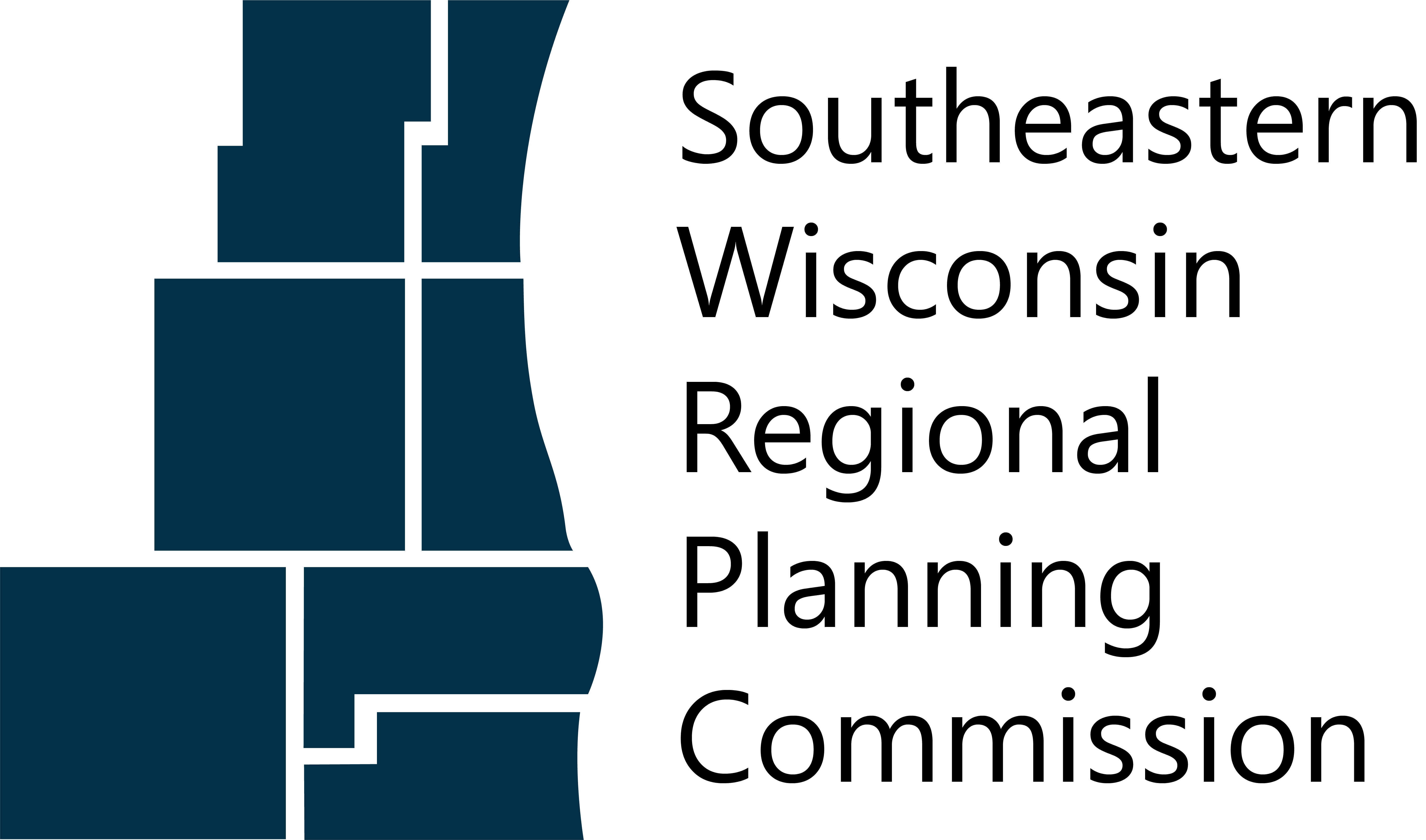Water Quality
The Regional Water Quality Management Plan for Southeastern Wisconsin provides for sound watershed planning and preservation and was designed to make the Region's waters “fishable and swimmable” to the extent practical.
Historical Timeline
- 1972: Federal Clean Water Amendments enacted
- 1974: Governor designates Commission as the water quality management planning agency for Southeastern Wisconsin
- 1979: Commission adopts first Regional Water Quality Management Plan
- 1987: Commission amends plan to address water quality issues in Milwaukee Harbor estuary
- 1995: Commission reviews progress in implementing the plan
- 2002: MMSD, WDNR, and Commission form Water Quality Initiative
- 2007: Commission completes major plan update for Greater Milwaukee Watersheds in conjunction with MMSD 2020 Facilities Plan
- 2008: Sweet Water Trust created to aid in plan implementation
- 2013: Commission amends plan update for Greater Milwaukee Watersheds based on changes to watershed water quality models
- 2025: Began Prospectus for a RWQMP Update
Regional Water Quality Management Plan Update – Prospectus
The Commission has begun work on a Prospectus to update the Regional Water Quality Management Plan (RWQMP). This effort will be supported by a Technical Advisory Committee to develop a scope, schedule, and budget to update the RWQMP. Efforts to be considered include inventories and analyses related to wastewater treatment and stormwater runoff and their impacts to water quality in the Region.
Regional Water Quality Management Plan
The first Regional Water Quality Management Plan, adopted in 1979, was designed, in part, to meet the Congressional mandate that the waters of the United States be made “fishable and swimmable” to the extent practical. It has been amended numerous times over the years, including a major update in 2007 for the Great Milwaukee Watersheds.
As amended, the plan provides recommendations for the control of water pollution from such point sources as sewage treatment plants, points of separate and combined sewer overflow, and industrial waste outfalls. It also recommends controlling such nonpoint sources as urban and rural stormwater runoff.
In addition, the plan provides the basis for:
-
Continued eligibility of local units of government for Federal and State loans and grants in partial support of sewerage system development and redevelopment
-
Issuance of waste discharge permits by the Wisconsin Department of Natural Resources (WDNR)
-
Commission review and State approval of public sanitary sewer extensions by the WDNR (more on the Sanitary Sewer Service Area Planning page)
-
Commission review and State approval of private sanitary sewer extensions by the Wisconsin Department of Safety and Professional Services (DSPS) (more on the Sanitary Sewer Service Area Planning page)
-
Commission review and State approval of large onsite sewage disposal systems and holding tanks by the DSPS and the WDNR (more on the Sanitary Sewer Service Area Planning page)
The Regional Water Quality Management Plan includes four major plan elements:
- Land use
- Point source pollution abatement
- Nonpoint source pollution abatement
- Groundwater
The major plan update was adopted by the Commission in 2007 following an interagency planning process. The updated plan is set forth in Planning Report No. 50, A Regional Water Quality Management Plan Update for the Greater Milwaukee Watersheds, Part One - Chapters 1-12, Part Two - Appendices, Supplement to Part Two - Appendices C-F, December 2007, and includes the May 2013 Amendment.
Total Maximum Daily Load Incorporation
Milwaukee and Rock River Basin TMDLs
Under the Clean Water Act, states are required to develop total maximum daily loads (TMDLs) to address impaired waterbodies that do not meet water quality standards or achieve designated uses. A TMDL includes a calculation of the maximum amount of a pollutant a waterbody can receive and still meet water quality standards, and an allocation of that load among the various sources of that pollutant. The TMDL must also account for seasonal variations in water quality and include a margin of safety to account for uncertainty in predicting how well pollutant reductions will result in meeting water quality standards.
A TMDL allocates the allowable load between:
- A wasteload allocation for point sources such as municipal wastewater treatment plants, industrial dischargers, concentrated animal feeding operations, and municipal separate storm sewer systems (MS4s)
- A load allocation for nonpoint sources such as agricultural sources, urban sources not covered under a discharge permit, and natural background loads
- A margin of safety
Wasteload allocations are implemented through limits established in discharge permits under the Wisconsin Pollutant Discharge Elimination System (WPDES). Load allocations are implemented through a wide variety of Federal, State, and local programs as well as voluntary action by citizens. These programs may include regulatory, non-regulatory, or incentive-based elements, depending on the program. Implementation of load allocations is typically an adaptive process, requiring the collaboration of diverse stakeholders and the prioritization and targeting of available programmatic, regulatory, financial, and technical resources.
The Milwaukee River Basin TMDL was approved by the WDNR and EPA in 2018 and the Rock River Basin TMDL was approved in 2012. The reports can be found on the WDNR website.
The Milwaukee River Basin TMDL established wasteload allocations and load allocations for fecal coliform bacteria, total phosphorus, and total suspended solids. The Rock River Basin TMDL established wasteload allocations and load reductions for total phosphorus and total suspended solids. These TMDLs have been incorporated in the Regional Water Quality Management Plan by the following resolutions.
